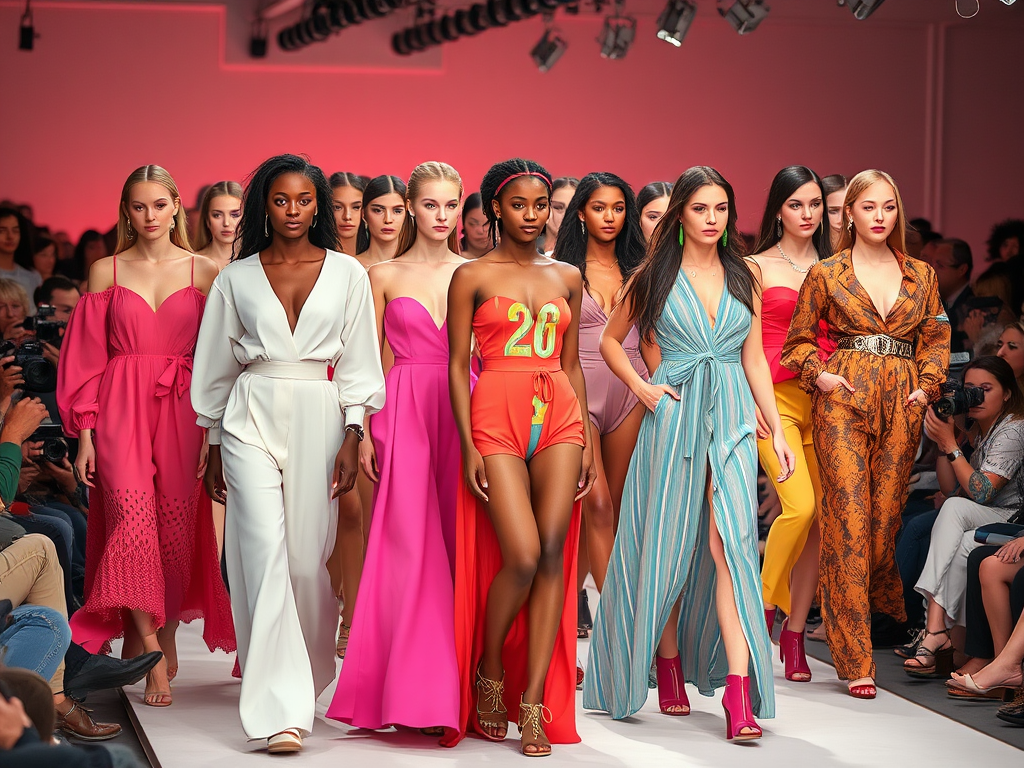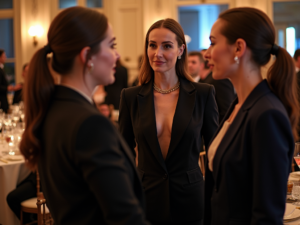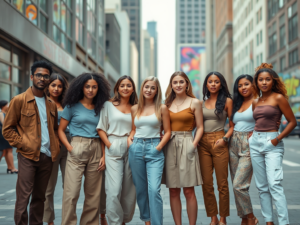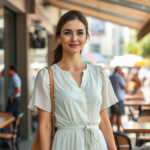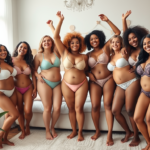In the realm of high fashion, runway shows have evolved into much more than mere showcases of a designer’s creativity. They act as cultural conduits, reflecting the zeitgeist and societal trends that resonate with today’s audience. Each garment that paces the runway is a statement, a narrative about the current mood, aspirations, and even anxieties of a generation. Understanding these outfits allows us not only to delve into what designers are proposing but also to interpret what those garments might mean in the context of everyday life. The fashion world thrives on this dialogue, forever intertwining the runway with the street. In this article, we will explore what these runway outfits reveal about the prevailing trends, and how they resonate with the larger cultural landscape.
The Role of Fashion Runway Shows
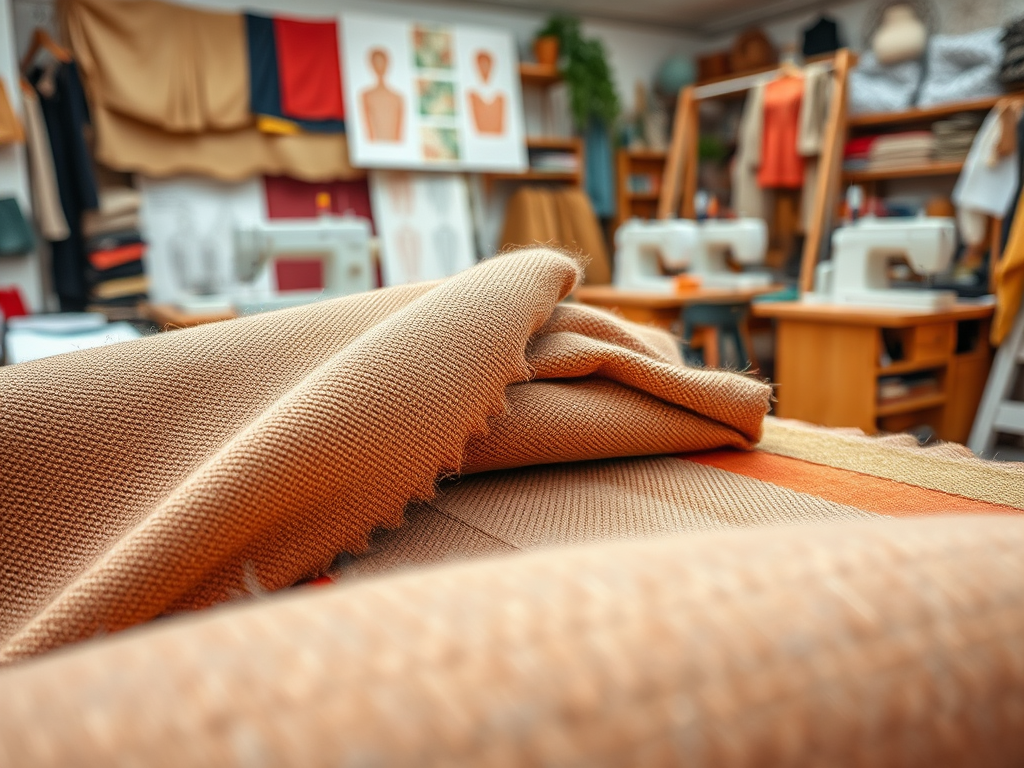
Fashion runway shows are the alta moda stage where designers unveil their collections, each piece imbued with significance. Their role transcends aesthetics; these shows act as barometers of the fashion industry, reflecting not just individual creativity but the shifting tides of cultural consciousness. Buyers, media, and influencers attend these events, eagerly interpreting the messages embedded in each outfit. This dynamic interplay between the runway and the audience creates a feedback loop that shapes future trends. The excitement generated during these shows often reverberates throughout the industry and influences what consumers ultimately find in stores. Understanding this interconnectedness is crucial for anyone looking to grasp the current fashion landscape.
The Influence of Designers
Designers are not just creators; they are storytellers. Each collection they present tells a story, often reflecting personal experiences or societal issues close to their hearts. This blend of personal narrative and cultural commentary impacts what we see on the runway and, subsequently, what we wear in our daily lives. The varying influences can range from political movements to historical references, and each collection becomes a marker of that specific time. As a result, designers interpret these themes through fabric, texture, and color, creating a tapestry that defines an era. It’s fascinating how these artistic expressions resonate far beyond the confines of the fashion world.
The Audience’s Perspective
The audience attending these runway shows plays an integral role in the fashion ecosystem. Comprised of editors, buyers, and influencers, this diverse group translates runway collections into real-world language. Their perspectives inform how trends are received and adopted by the public. For example, an outfit that resonates with street-style bloggers may ignite a widespread trend, thereby turning a single artistic vision into a communal fashion statement. This symbiotic relationship illustrates how runway fashion doesn’t exist in a vacuum but is a reflection of its time and audience. Ultimately, what designers showcase is only half the story; the interpretation and engagement from the audience complete the narrative.
Key Elements of Runway Outfits
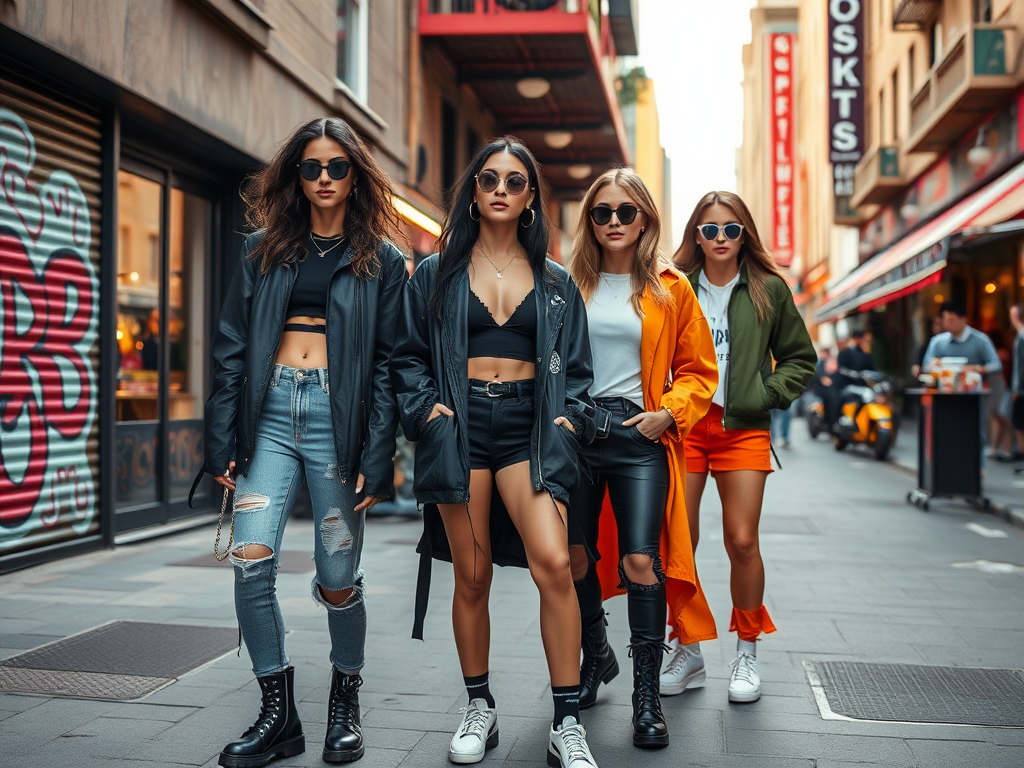
When analyzing runway outfits, several key elements emerge that provide insights into current trends. These components include color palettes, fabric choices, and silhouettes. Each aspect offers a lens through which we can view societal preferences and moods. Let’s take a closer look at these elements and how they translate into broader trends.
Color Palettes
Color selection is one of the most striking elements of runway fashion. Designers often choose palettes that evoke specific emotions or moods, serving to not only capture attention but communicate a deeper message. For instance, vibrant colors can signify optimism, while darker shades might evoke melancholy or reflect a more serious undertone in the socio-political climate.
- Bold and Bright: Associated with joyful trends and an optimistic outlook.
- Pastels: Often reflect softness and can symbolize nostalgia.
- Earth Tones: Indicative of a growing appreciation for sustainability and nature.
- Monochrome: Can convey sophistication and timelessness.
This relationship between color and sentiment reflects exactly what is happening in society at any given moment.
Fabrics and Textures
The choice of fabrics speaks volumes in the fashion language. Designers often opt for materials that align with current consumer desires for comfort, sustainability, and versatility. From luxurious silks to recycled materials, each fabric represents a trend that is often reflective of broader lifestyle shifts. The emergence of technical fabrics designed for performance can also signify a move towards practicality in fashion. Understanding these fabric choices allows us to gauge the industry’s direction and consumer sentiment.
| Fabric Type | Common Uses | Trend Significance |
|---|---|---|
| Silk | Evening wear, luxury items | Elegance and classicism |
| Cotton | Casual wear, everyday items | Comfort and accessibility |
| Denim | Casual wear, street style | Versatility and durability |
| Recycled Fabrics | Sustainable fashion lines | Eco-conscious consumerism |
Siluettes and Styles
The shapes and silhouettes on the runway often mirror broader societal movements. Whether it’s oversized garments that reflect comfort and casual living or tailored pieces that symbolize empowerment and professionalism, these styles inform us of what’s trending. The rise of inclusive sizing in fashion shows a vital societal shift towards acceptance and diversity. Therefore, the silhouettes that dominate the runway are not just artistic expressions; they also echo the evolving landscape of body positivity and societal norms. As a collective representation, they invite discussion on what fashion means in 2024 and beyond.
How Runway Trends Filter Down to Mainstream Fashion
Once these trends are established on the runway, they often find their way into everyday clothing. However, the journey from catwalk to pavement is complex, influenced by various factors—most notably, fast fashion and streetwear culture. Let’s delve into these two elements and explore how they transform haute couture into attainable fashion for the average consumer.
The Role of Fast Fashion
Fast fashion has revolutionized the way trends are consumed. By observing runway shows, retailers produce similar styles at a fraction of the cost, making current fashion accessible to a broader audience. This process can drastically shorten the time it takes for a trend to enter the marketplace, often resulting in mass-produced versions of high-end designs. However, this phenomenon raises questions about sustainability and the ethics of fast fashion. While it allows consumers to enjoy the latest styles, it often comes at a cost to quality and environmental impact. As consumers grow more conscious of these factors, the landscape of fast fashion continues to evolve.
Influence of Streetwear
Streetwear culture revamps the traditional hierarchies within fashion. Emerging from youth culture, this trend has influenced the high fashion domain, leading designers to incorporate casual styles and urban aesthetics into their collections. Streetwear’s popularity often dictates how runway trends are received and reinterpreted by the masses. Designers are increasingly collaborating with streetwear brands, merging their artistic visions with accessibility. This blend not only democratizes fashion but also fosters an ever-relevant connection between high fashion and everyday wear.
The Impact of Social Media
In today’s digital age, social media plays a significant role in shaping and propagating fashion trends. It serves as both a platform for dissemination and a stage for viral moments that originate from runway shows. Influencers, online editors, and fashion enthusiasts use these platforms to share looks that captivate the public’s interest, thus transforming runway attire into the must-have items of the season. This instantaneous feedback loop not only informs brands about consumer preferences but also allows trends to evolve rapidly. Influencers often reimagine runway outfits, providing their audience with real-world styling options and interpretations.
Viral Moments
Every fashion season, certain standout looks capture the public’s imagination, becoming instant viral sensations. These moments solidify their place in popular culture, transcending traditional advertising methods. For instance, a striking outfit worn by a celebrity can go viral within hours, prompting a rush of consumer interest and search queries on similar styles. Social media amplifies this phenomenon, allowing trends to spread like wildfire across global audiences. The impact of these viral moments often dictates what consumers want and ultimately purchase.
Engagement with Influencers
In the realm of social media, influencers serve as the bridge between high fashion and the average consumer. By styling runway pieces in unique ways, they make elite fashion approachable and relatable. This engagement significantly influences consumer preferences and shapes purchasing decisions, creating a new layer of interaction between the designer, the runway, and the everyday individual. Platforms like Instagram and TikTok have become vital arenas for this discourse, where influencers share their interpretations of runway outfits, providing fresh inspiration for their followers.
Conclusion
The fashion runway is a profound reflection of the cultural currents that shape our world, offering a unique lens through which we can understand current trends. Each outfit tells a story that weaves together personal vision, societal issues, and consumer desires. As we’ve explored, the fabric, color, and silhouette choices of runway outfits resonate beyond mere aesthetics, shaping what we wear day-to-day. Understanding these nuances allows us to appreciate the intricate relationship between the fashion industry and society at large, making the dissecting of runway shows not just a pastime but a crucial activity for anyone interested in fashion. Ultimately, runway outfits are more than just garments; they are powerful symbols of the trends that define an era.
Frequently Asked Questions
- What do runway outfits usually tell us about trends? Runway outfits reveal current aesthetics, color palettes, and design elements, reflecting societal shifts and consumer desires.
- How do designers influence trends through runway shows? Designers use their collections to express creative visions that often resonate with cultural and social narratives, setting the stage for future trends.
- Why are colors important in runway fashion? Colors can significantly influence mood and consumer response; dominant hues often highlight the prevailing sentiments of a particular season or year.
- How long does it take for runway trends to reach mainstream fashion? Trends can move from runway to retail in a matter of months due to the influence of fast fashion and social media.
- What role does social media play in fashion trends? Social media accelerates the dissemination of fashion trends, allowing viral moments and influencer endorsements to shape public perceptions and preferences.
